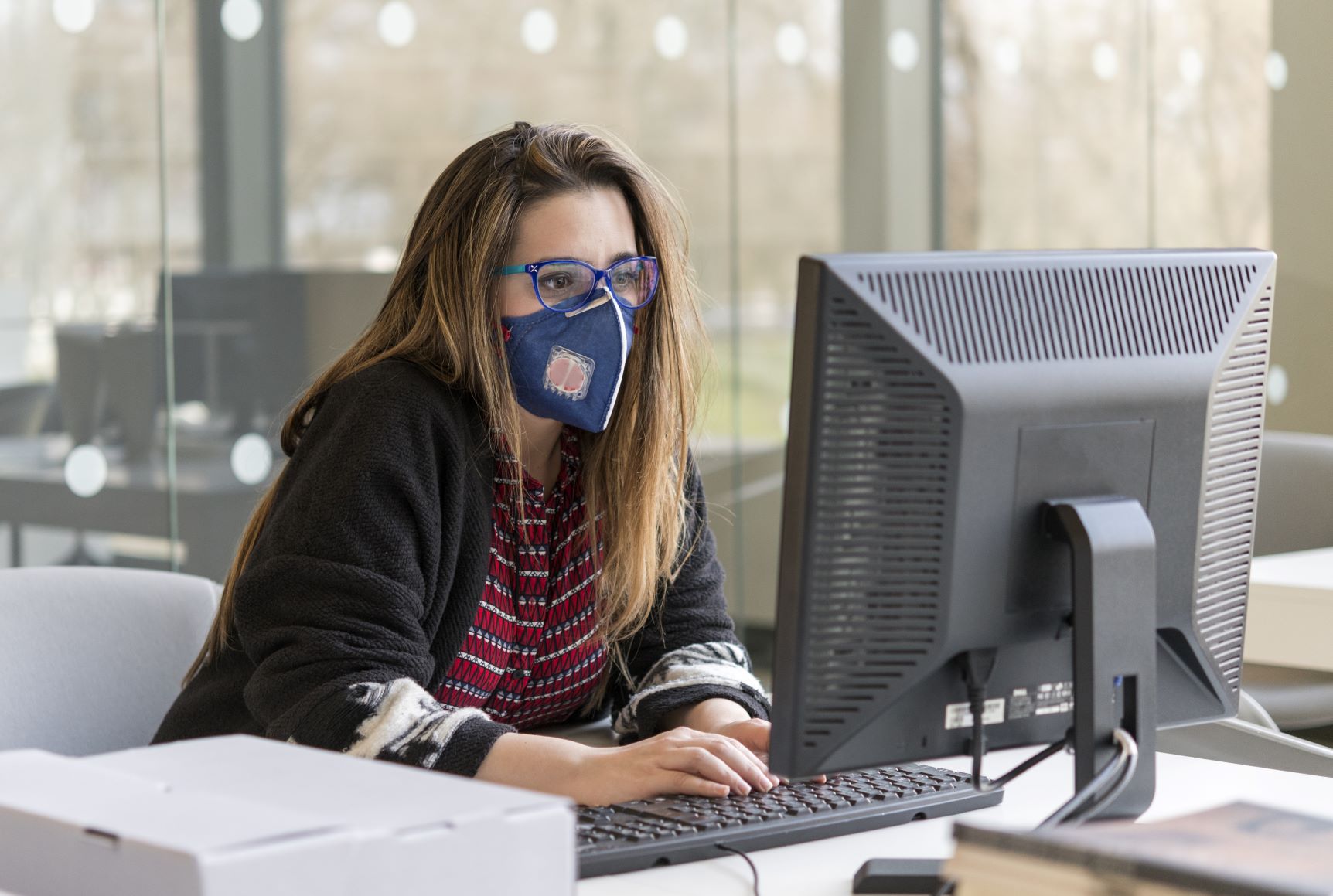The rise of COVID-19 certainly has had detrimental impacts, and it was something no one saw coming. This pandemic has resulted in businesses nationwide shutting down, millions of people losing their jobs, essential organizations migrating to online learning, and working, and worst of all, it has cost thousands of lives. When it comes to dentistry, dental offices everywhere are striving to find the ideal balance between helping others and reducing the spread of COVID-19. With this switch in mindset, social distancing in full effect, and the ramifications that have already taken place from this pandemic, it is no secret that the future of density will be significantly different than it is today.
Updated Employee Policies on Health
Many small businesses and more substantial cooperations are already looking to redefine their policies to promote safer working environments. With this, dentistry is likely to be on the same train too. For instance, according to the Equal Employment Opportunity Commission (EEOC), employers are now able to take employee temperatures, in a confidential setting, if they feel that they may be sick. Though this has been passed March 20th strictly due to COVID-19, it is likely it could stay and adopted as a regular dentistry health preventative measure.
Other policy changes will take place due to OSHA regulation updates. OSHA has issued COVID-19 recommendations, which focuses on employers to prepare for infectious diseases, form response plans, and have protective actions in place against COVID-19 and any other conditions that may come. With this push for policy and procedure upgrades, once dentist offices develop them, chances are they will stay if found valuable and work well to prepare for any future cases. If successful, these new procedures could mean a culture employment shift and potential training to rise so everyone can get familiar both in the back and front end. For some more insight, some other things that may stick around after the social distancing lift include:
- Reduction of stacking appointments
- Changes in confirmation style, such as a health screening of patients before they come in (asking if they have any cold, flu, or other notable sickness symptoms recently).
- Modifying the check-in process, meaning digitally or verbally, to avoid unnecessary counter or paperwork touching.
- Mandatory annual or quarterly infection control training for all employees.
- Re-organizing waiting room layouts to allow more space between chairs and cleaning the amenities more frequently (such as a coffee machine).
- If not installed already, handsfree sinks, toilets, and paper towel dispensers.
- Supplies will be sanitized upon delivery before opening.
- Implementing the use of teledentistry and mobile dentistry for electronic data (imaging, treatments, consulting, diagnoses, etc.) to provide support digitally.
Better Patient-Centered Care
For the most part, dentist offices are excellent at patient care and implement best practices. They conduct surveys, train to be interpersonal, and make patients feel calmed before performing services. Patient satisfaction is one of the top market points for branding. However, in the United States, dental practices often focus more on the economic realities, which strongly influences how dentists practice. Furthermore, since dentist offices are generally hectic and there are so many moving parts, at least before COVID-19, the attention for infection control measures may not have been paid attention to as well as it could have. Now with the heightened sense of its existence, it is going to be at the forefront of everyone’s minds, including patients.
Post-COVID-19 could bring a different focal point and become more patient-centered (not just more surveys) but strive for their best interests and optimal results. This focal point means things such as consistency of their care and infection control. Patients going back into the office are going to be hypersensitive to their wellbeing and safety, so dental professionals must change their approaches to be more mindful of that reality and build that trust again. The best way to do this is by implementing high-quality infection control procedures and make it evidence-based. With this, it is envisioned that dentist offices will be wearing disposable gowns, face masks or shields, gloves, and any other OSHA PPE recommendations to prove to their patients that they are in the best hands.
Redefined Marketing Narratives
You have probably seen advertisements for dentists on billboards, commercials, magazines, etc. But how many of them promoted the safety of their patients over the services? It is suspected that promotional narratives will change, with less influence on services and more on patient care and safety as a top priority. Most people already know what a dentist will provide for them. What they want to know, especially after COVID-19, is will going to their building will be safe.
So, in the future, advertisements that used to highlight whiter smiles, and “satisfaction guaranteed” signage, it will state more things such as top-notch infection control, and the use of technology for less physical contact. You may also notice that smiling doctor crossing his/her arms will change to someone wearing disposal gear and gloves to send the preventative measures message.
Providing More Evidence-Based Procedures
Backing up a bit, before this pandemic, dentists often delivered the ideal solutions they gained from their professional careers and schooling. These experiences tend to work well, and most of the time, their professional skills are accurate and genuinely are the best approaches. However, patients post-COVID-19 are going to be gun-shy and want to have proof that what they are experiencing is legit and proven to be the ideal. With this new fear and demand for evidence in an uncertain environment, dentists may start using evidence-based dentistry (EBD) more often now.
Since patients are going to be looking at dentist offices under a microscope coming out of quarantine, EBD can give them peace of mind because you can show them the hard facts and research to back your recommendations. New patient expectations mean that dentists and hygienists should be adapted to become more comfortable with justifying treatment recommendations because of the finding on clinical guidelines. Those that apply EBD to improve patient care will likely reference their research or studies often to prove their validity. These offices will have new training set in place for employees to understand how to read and deliver the literature, be held at a higher standard, and transform the culture to be more objective about evaluating approaches.
Conclusion
Before COVID-19, it was pretty easy to call up your local dentist office and make your appointment, whether it was a routine cleaning, elective cosmetic procedure, or an emergency. Now, with the new ADHA COVID-19 policy, dental offices are strongly recommended to postpone all non-emergency or elective appointments out until further notice. Only people who have urgent care matters will be seen and only handled in settings that comply with precautionary federal guidelines. Though this is great for slowing the spread currently, there is no way that this industry will come out of this pandemic the same way it went in.
These guidelines, of course, is certainly not a bad thing. Though COVID-19 is a disaster, it has opened the doors to see where dentists can improve, and the changes made to achieve optimal safety during dental procedures. COVID-19 could lead to brand new approaches altogether and be a catalyst for even more technological or infection control tactics much later down the road. Again, it is still unknown. But though the above is all speculation, there is strong evidence that it could take place and be the new reality of dentistry, and everyone, both patients and professionals, should be prepared for these future improvement changes to occur.
For further information on our upcoming Infection Control – 2020 Vision online E-course call us today at 385-799-4101 for details!






















